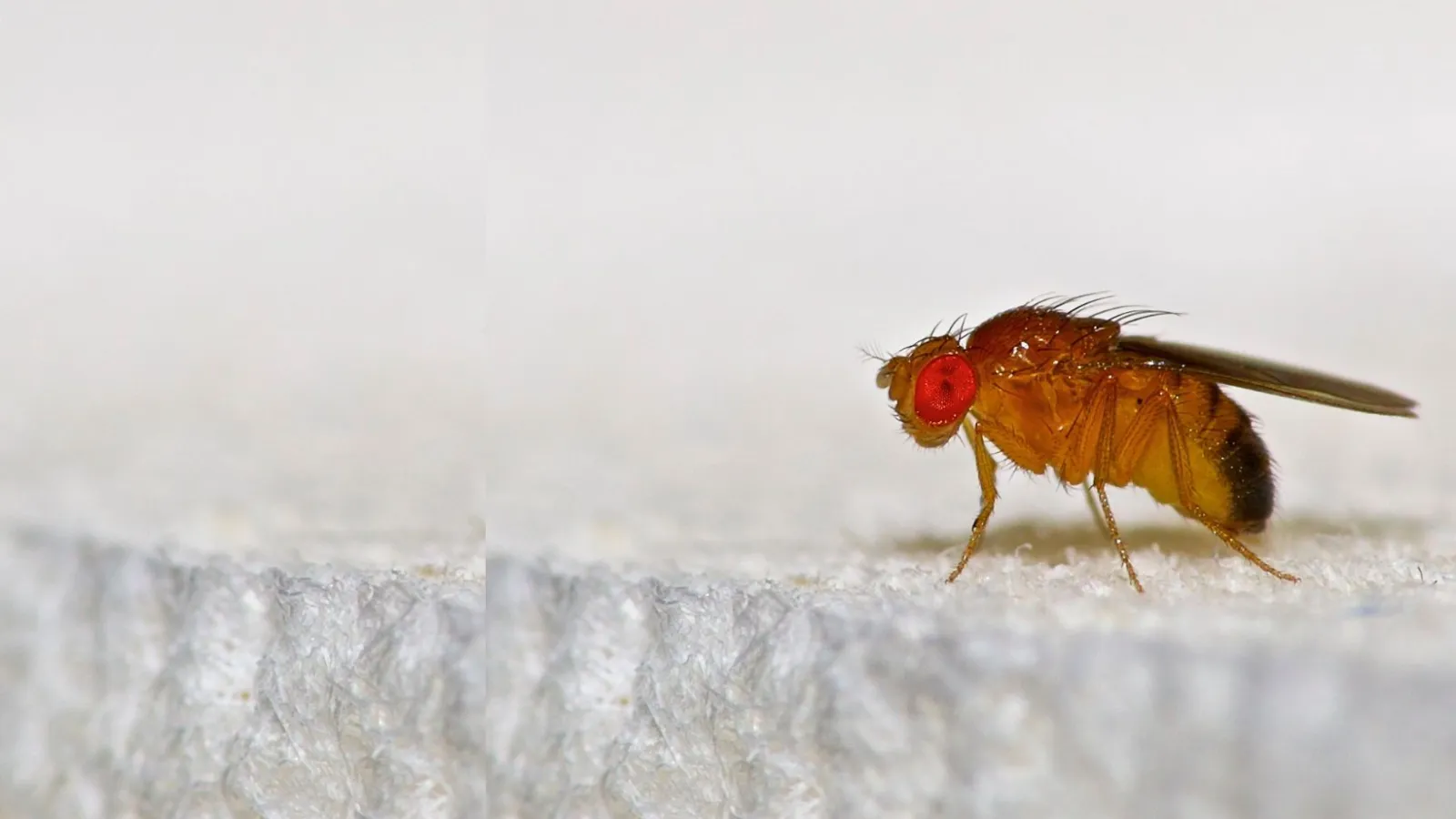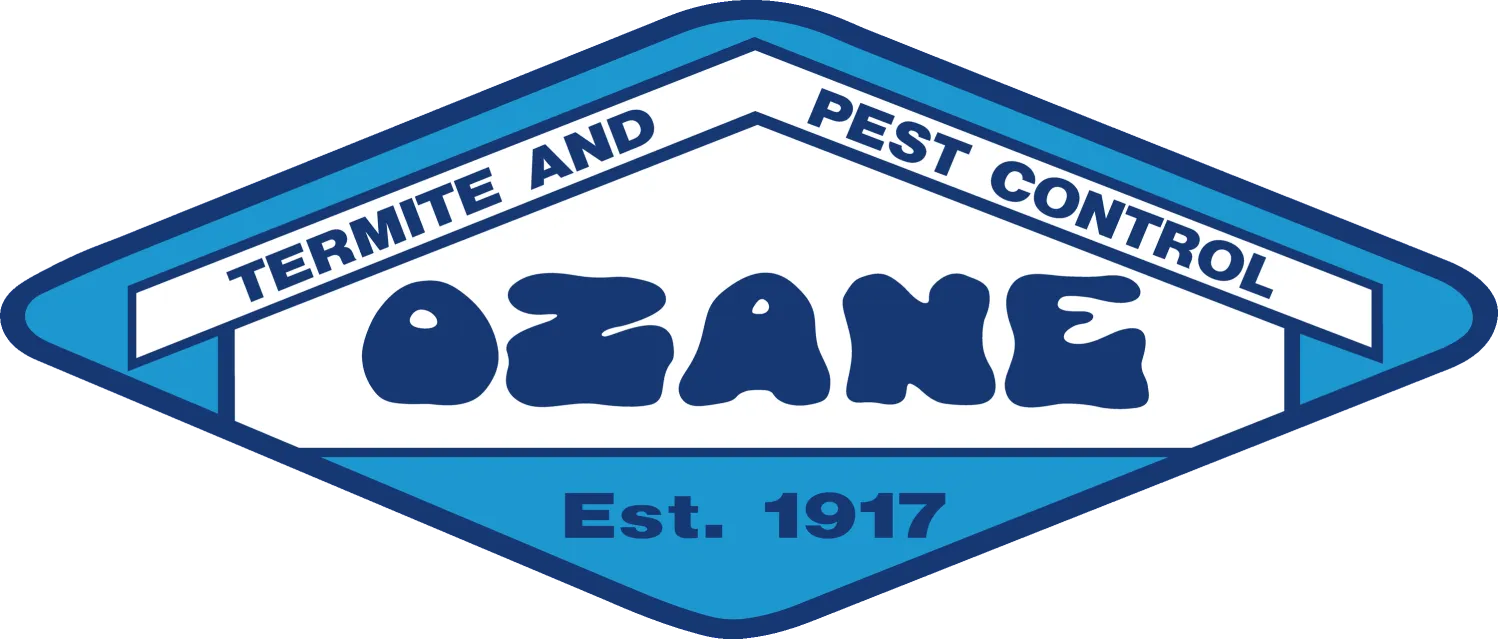
No-See-Ums
No-See-Ums, also known as biting midges, are tiny gnats that are common in many coastal regions, including Toms River, NJ. Despite their small size, these pests can be a significant nuisance, especially during warmer months. Residents often experience discomfort from these insects, which are small enough to pass through standard window screens and deliver irritating bites.
What Are No-See-Ums?
No-See-Ums are a type of biting gnat, belonging to the Ceratopogonidae family. They are:
- Tiny: Measuring about 1-3 mm long, they are almost invisible to the naked eye.
- Aggressive biters: Despite their size, No-See-Ums feed on the blood of humans and animals, causing itchy and painful welts.
- Active in warm weather: These gnats are most active during the spring and summer months, thriving in areas with moisture, such as marshes, lakes, and riversides—common in and around Toms River.
How No-See-Ums Affect You
In the Toms River area, No-See-Ums can create significant problems for outdoor activities, especially during evenings and early mornings when they are most active.
- Bites and irritation: The primary concern with No-See-Ums is their bite. While they don't transmit diseases in the U.S., their bites can cause:
- Itchy, red welts
- Swelling and irritation
- Pain in more sensitive individuals
- Allergic reactions: Some people may develop more severe reactions, with increased swelling or secondary infections due to scratching.
- Disrupting outdoor activities: No-See-Ums can make outdoor gatherings, sports, or barbecues uncomfortable, as their bites can lead to itching and discomfort long after exposure.
Where No-See-Ums Are Found in New Jersey
Due to Ocean & Monmouth County's coastal location and proximity to water sources like Barnegat Bay, No-See-Ums thrive in areas with high moisture levels. Common breeding grounds for No-See-Ums include:
- Marshlands
- Wetlands
- Shorelines
- Damp gardens or lawns
No-See-Ums are also attracted to light and carbon dioxide, making outdoor spaces more appealing for these pests during social events or relaxation time.
How to Protect Yourself from No-See-Ums
Controlling and preventing No-See-Ums in Toms River can be challenging due to their size and the prevalence of their habitats. However, there are several steps you can take to minimize their impact:
- Use insect repellent: Repellents containing DEET, picaridin, or oil of lemon eucalyptus can help ward off No-See-Ums.
- Install fine mesh screens: Regular window screens may not block No-See-Ums due to their tiny size. Consider installing finer mesh screens to keep them out of your home.
- Avoid peak activity times: No-See-Ums are most active during dawn and dusk, so limiting outdoor activity during these times can reduce exposure.
- Use outdoor fans: No-See-Ums are weak fliers, and outdoor fans can help keep them away from patios and seating areas.
